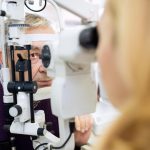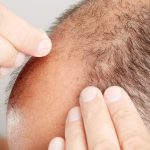
An open question for weight-loss drugs like Ozempic, Wegovy and Zepbound has been whether folks will keep the pounds off when they stop taking them. Regular exercise could be the key to quitting the drugs without regaining weight, a new Danish study says. “It is actually possible to stop taking the medication without large weight regain, if you follow a structured exercise regime,” said senior researcher Signe Sorensen Torekov, of the University of Copenhagen. As little as a couple hours a week of exercise maintained the weight lost with the drugs, researchers found. “Our study offers new hope, as we have shown that the majority of those who take weight-loss medication and exercise regularly are able to maintain the beneficial effects a year after treatment termination,” Torekov said in a university news release. For the study, researchers recruited four groups of test participants. One group was given a weight-loss drug, a second group was asked to exercise regularly and a third group was given the drug and asked to work out. The fourth group received a placebo. The results showed that the exercise groups experienced an improvement in their quality of life. And those taking the drug while exercising kept the weight off once they quit the medication. The new study was published Feb. 19 in the journal Lancet eClinical Medicine. “All it takes is… read on > read on >


















